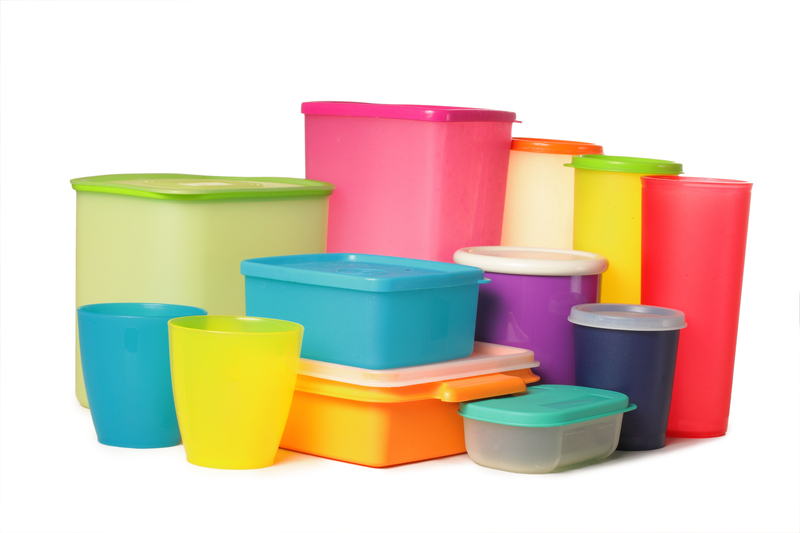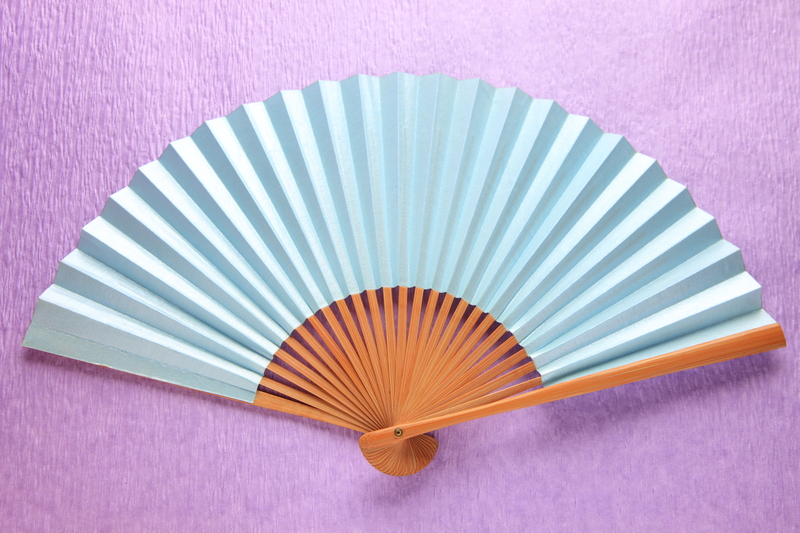Streamline and Simplify: A Guide to Minimalist Living
Minimalist living is a transformative lifestyle movement that is steadily gaining traction in today's fast-paced, consumption-driven world. Whether you're striving to declutter your physical space, save money, or cultivate a greater sense of clarity and peace, adopting a minimalist lifestyle can offer a wide array of benefits. This comprehensive guide explores how to streamline and simplify your life through the powerful principles of minimalism, offering actionable tips, insights, and practical advice to help you start your own journey to a simpler, more intentional life.
What is Minimalist Living?
At its core, minimalist living is about focusing on what truly matters. It's a philosophy that encourages intentional living, which means removing unnecessary clutter--both physical and mental--from your life so you can focus on what brings value, purpose, and happiness. While it's often associated with austere homes or stark design, minimalism goes much deeper. It's about embracing simplicity and making conscious decisions about how you spend your time, energy, and resources.
Main Principles of Minimalist Living
- Intentionality: Living with purpose by aligning actions and possessions with your values.
- Clarity: Eliminating excess to foster a clear, peaceful mind.
- Quality over Quantity: Choosing fewer, better things that stand the test of time.
- Freedom: Reducing dependence on material possessions to find greater freedom.
- Gratitude: Appreciating and fully utilizing what you already own.

Why Streamline and Simplify?
The benefits of minimizing possessions and commitments extend far beyond aesthetics. Here's why millions are turning to minimalism:
- Reduced Stress: Less clutter often means less anxiety and overwhelm.
- Increased Productivity: Fewer distractions help you focus on what truly matters.
- Financial Freedom: Buying less enables you to save more or invest in experiences.
- Time for What Matters: Fewer obligations and less maintenance mean more time for loved ones, passions, and self-care.
- Sustainability: Minimalist living fosters eco-conscious choices, reducing waste and consumption.
The Essential Steps to Minimalist Living
1. Define Your "Why"
Understanding your motivation for adopting a minimalist lifestyle is crucial. Ask yourself:
- What do I hope to gain by simplifying my life?
- Which areas of my life feel overloaded, stressful, or cluttered?
With a clear purpose, you'll find it easier to stay committed and make impactful choices as you move forward.
2. Start with Physical Decluttering
The most tangible step in streamlining life is to declutter your physical surroundings. Here's how to get started:
- Sort by Category: Tackle similar items together--clothes, books, kitchen items, etc.
- Keep, Donate, Discard: Evaluate each item. If it doesn't serve a purpose or bring joy, let it go.
- Set Limits: Use the "one in, one out" rule to prevent new clutter from accumulating.
- Organize with Intention: Store remaining possessions in a way that supports easy access and regular use.
Remember, minimalism isn't about deprivation. It's about making room for what truly enriches your life.
3. Simplify Your Schedule
Minimalist living isn't just about decluttering your home--it's also about reclaiming your time. Consider these strategies to streamline your routines:
- Prioritize: List commitments and identify which ones align with your values and goals.
- Automate or Batch Tasks: Handle similar tasks together or automate recurring chores to save time.
- Set Boundaries: Learn to say "no" to obligations that don't serve your priorities.
- Create Downtime: Block out regular periods for rest, creativity, or connection with loved ones.
4. Practice Digital Minimalism
The digital world can be as cluttered as the physical one. To embrace a minimalist digital lifestyle :
- Declutter Devices: Uninstall unused apps, organize files, and clear out old emails.
- Limit Notifications: Silence non-essential alerts for a calmer, more focused mind.
- Curate Consumption: Unsubscribe from newsletters and social feeds that don't support your goals.
- Set Device-Free Times: Create technology boundaries, such as phone-free meals or screen-free evenings.
5. Focus on Mindful Consumption
Minimalist living means being thoughtful about what and how you consume. *Adopt the habit of asking yourself*
- Do I really need this?
- Does this align with my values?
- Could I borrow or repurpose something instead?
This not only streamlines your spending but also helps reduce waste and environmental impact.
Minimalist Living Room: Transforming the Heart of Your Home
The living room is often the center of home life. Here's how to apply minimalist home design principles for a space that promotes relaxation and connection:
- Choose Functional Furniture: Opt for pieces that serve multiple purposes--like storage ottomans or convertible sofas.
- Edit Decor: Display only meaningful objects or art that inspire calm and joy.
- Use Neutral Colors: Light, neutral tones enhance a sense of spaciousness.
- Embrace Open Space: Leave some areas clear rather than filling every corner.
- Integrate Natural Elements: Incorporate plants or wood accents for a touch of warmth.
Minimalism in the Kitchen: Simplify Meal Prep and Eating Habits
Streamlining your kitchen makes cooking, eating, and cleaning easier and more enjoyable. Apply minimalist principles by:
- Reducing Duplicates: Keep only essential, high-quality tools and appliances.
- Creating Order: Store items by frequency of use and keep surfaces clear.
- Meal Planning: Simplify groceries by creating a rotating menu of favorite recipes.
- Mindful Eating: Focus on meals with fewer, fresher ingredients.
The Capsule Wardrobe: Minimalism in Your Closet
A minimalist closet maximizes versatility and style, freeing you from the stress of too many options. Tips for building a capsule wardrobe:
- Assess Your Style: Identify the colors, cuts, and fabrics you truly love.
- Edit Ruthlessly: Donate or sell anything that no longer fits, flatters, or aligns with your lifestyle.
- Invest in Quality: Choose durable, timeless basics that mix and match easily.
- Reevaluate Seasonally: Update and maintain your wardrobe as the seasons change.
Minimalist Mindset: Mental and Emotional Clarity
True minimalism isn't only about things--it's about your thoughts, habits, and emotional life. To nurture a minimalist mindset:
- Practice Gratitude: Regularly acknowledge what you already have.
- Embrace Mindfulness: Be present and fully engaged in daily activities.
- Let Go of Perfection: Understand that minimalist living is a journey, not a destination.
- Stay Flexible: Adjust your approach as your needs and circumstances change.
Common Myths About Minimalist Living
- Myth: Minimalism means owning nothing.
Reality: It's about intentional ownership--having only what serves your current life. - Myth: Minimalist spaces are cold and lifeless.
Reality: Minimalism can be as warm and personal as you like, with focus on meaningful pieces. - Myth: You have to organize everything at once.
Reality: Minimalism is best approached in stages, at your own pace. - Myth: Minimalism is only for singles or childless people.
Reality: Families can benefit significantly by simplifying routines and spaces together.
Tips for Maintaining a Minimalist Lifestyle
- Regular Decluttering: Schedule seasonal check-ins to reassess possessions and commitments.
- Mindful Buying: Pause before purchases--wait 48 hours or make a wish list first.
- Gratitude Practices: Cultivate appreciation before seeking to acquire more.
- Share your journey: Join minimalist communities or follow blogs for inspiration and accountability.
- Celebrate Progress: Acknowledge each small change and its positive impact on your daily life.

Frequently Asked Questions About Minimalist Living
Is minimalist living expensive?
Not at all. While some choose to invest in higher quality items, the emphasis is on owning less, which ultimately saves money.
How do I get my family on board?
Model the change in your own spaces first. Openly discuss the benefits and, if possible, involve your family in decluttering shared areas.
Can minimalism help with stress and anxiety?
Many find that a clear space and routine leads to a clearer, calmer mind. Simple environments often reduce sensory overload and decision fatigue.
What if I regret letting go of something?
It's natural to feel attached, but most people discover that they seldom miss what they've released--and gain so much more in freedom and clarity.
Start Streamlining Your Life Today
The journey to minimalist living isn't about reaching perfection--it's about progress. Each small step, from decluttering one drawer to simplifying your digital habits, moves you closer to a lighter, more fulfilling life. By focusing on what truly matters, you open up space for greater joy, freedom, and intentional living. If you're ready to streamline and simplify, embrace the principles of minimalism and start experiencing the transformative benefits today.
Minimalist living is a lifelong commitment to choosing less, so you can have more--more meaning, more time, and more peace of mind.